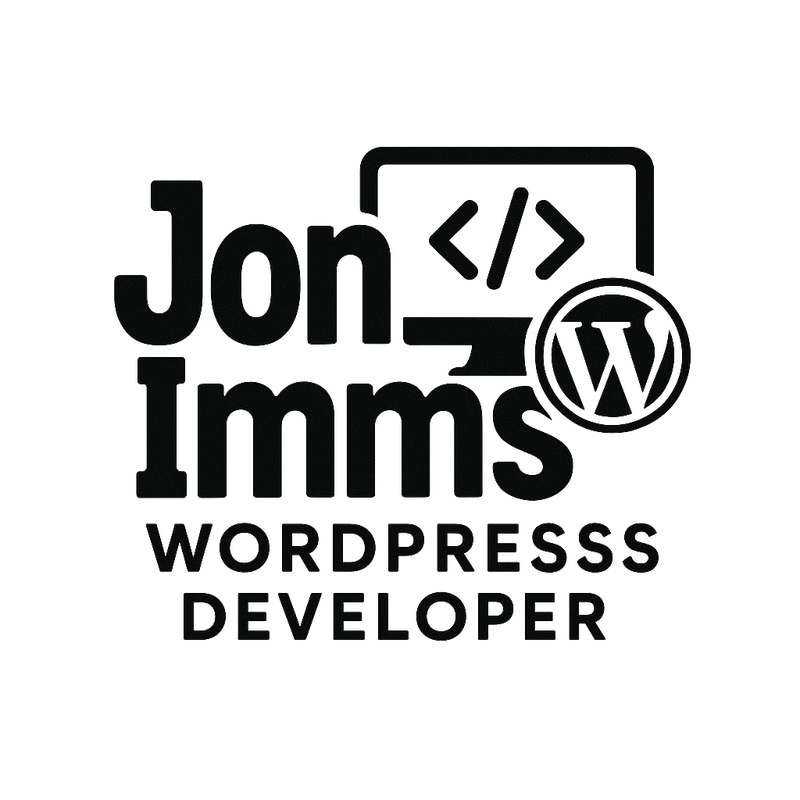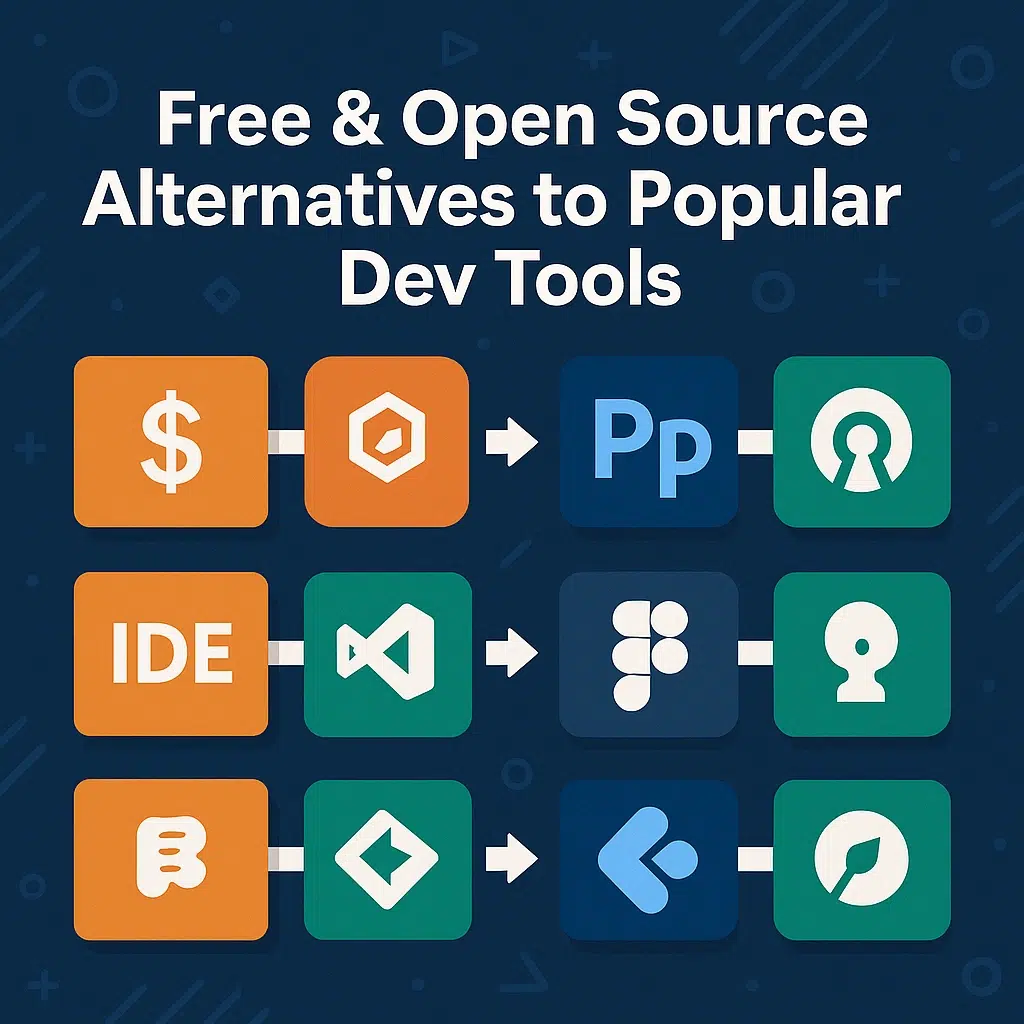Let’s be real — dev tools are amazing, but they can burn a hole in your wallet fast. Whether you’re freelancing, building side projects, or just don’t want to drop $99/month on an IDE, there are killer free and open-source tools out there that hold their own.
Here’s my go-to list of no-cost alternatives to the most popular paid tools — tested, dev-approved, and wallet-friendly.
API Testing
Postman Pro → Hoppscotch
What is Postman Pro?
Postman Pro is a robust API development platform used by teams to build, test, and document APIs. It supports advanced workflows like environment variables, automated testing, monitoring, and team collaboration. While the free tier is solid, unlocking full team features, collections, and integrations requires a paid subscription.
Why choose Hoppscotch?
Hoppscotch is an open-source, lightweight API testing tool that runs entirely in your browser. It supports REST, GraphQL, WebSockets, and more — with a clean UI and blazing speed. You can save requests, create environments, and even collaborate with teams — all for free. Plus, you can self-host it if you need total control over your stack.
Bonus: Insomnia Core
Another excellent free option, Insomnia Core is a powerful, desktop-based REST and GraphQL client with support for environment variables, code generation, and extensions — no account required.
UI & Graphic Design
Photoshop → Photopea
What is Photoshop?
Adobe Photoshop is the industry standard for image editing, graphic design, and photo manipulation — used by professionals everywhere. But it comes with a monthly subscription that adds up quickly.
Why choose Photopea?
Photopea is a 100% free, browser-based alternative that works almost exactly like Photoshop. It opens PSD files, supports layers, masks, smart objects, and exports to common formats — no install or sign-up required. Perfect for quick edits or full design workflows on the go.
Figma → Penpot
What is Figma?
Figma is a powerful browser-based UI/UX design tool for teams — great for wireframes, prototyping, and collaborative workflows. But on the free plan, team features are limited, and pricing tiers can get expensive.
Why choose Penpot?
Penpot is an open-source design and prototyping platform that works in the browser, just like Figma — but it’s totally free and self-hostable. While it’s still evolving, it supports design systems, prototyping, and real-time collaboration without vendor lock-in.
Illustrator → Inkscape
What is Illustrator?
Adobe Illustrator is used for creating scalable vector graphics, logos, and illustrations — widely adopted in branding and design work. But like other Adobe tools, it’s subscription-based and not budget-friendly.
Why choose Inkscape?
Inkscape is a mature, open-source vector design tool with support for SVG, paths, text, filters, and more. It’s ideal for creating logos, UI icons, or any scalable artwork — all without a license fee.
IDEs & Code Editors
WebStorm / PHPStorm → VS Code
What is WebStorm / PHPStorm?
These JetBrains IDEs are feature-rich environments tailored for JavaScript, PHP, and full-stack development. They include advanced debugging, refactoring, linting, and seamless integrations — but they’re subscription-based and can be heavy on system resources.
Why choose VS Code?
VS Code is a free, open-source code editor developed by Microsoft with thousands of extensions, an active community, and built-in Git support. It’s lightweight yet powerful, supports remote dev containers, and works great with modern stacks (React, TypeScript, WordPress, etc). It’s my daily driver.
Bonus: Zed
A sleek, performance-focused code editor made for collaboration — open source and lightning fast.
Project Management / Docs
Notion → AppFlowy
What is Notion?
Notion is an all-in-one workspace for notes, task management, wikis, and docs — popular among dev teams and solo makers. But key team features and larger storage are locked behind a paid plan.
Why choose AppFlowy?
AppFlowy is an open-source Notion alternative with local-first architecture and full data ownership. It mimics Notion’s block-based editing but gives you full control — you can even self-host and extend it with plugins.
Trello → Wekan
What is Trello?
Trello is a visual project management tool based on Kanban boards. It’s easy to use but adds limitations (like integrations, automation, and team size) on the free plan.
Why choose Wekan?
Wekan is an open-source Kanban board app with a similar UI and functionality to Trello. You can host it yourself, customize it, and keep full control over your boards, users, and permissions — ideal for privacy-conscious devs or internal projects.
Performance / SEO
Ahrefs / SEMrush → Google Lighthouse + SEO Minion
What is Ahrefs / SEMrush?
These are pro-grade SEO and marketing suites offering backlink analysis, keyword research, rank tracking, and competitor monitoring — excellent but expensive.
Why choose Lighthouse + SEO Minion?
Google Lighthouse is built into Chrome DevTools and provides free insights into performance, accessibility, and SEO best practices.
SEO Minion is a browser extension that helps you check meta tags, links, SERP previews, and more — without a subscription.
Bonus: Ubersuggest
Freemium tool for keyword research and domain analysis — useful for basic SEO checks on a budget.
Screen Recording / Demos
Loom → Screenity
What is Loom?
Loom is a user-friendly screen recording tool great for walkthroughs, async communication, and demos. Free for individuals, but limits recording length and features unless you upgrade.
Why choose Screenity?
Screenity is a free Chrome extension that lets you record your screen, tab, or webcam with annotations, drawings, and exports — no login required. It’s open source and privacy-respecting.
Camtasia → OBS Studio
What is Camtasia?
Camtasia is a polished screen recording and video editing suite popular for training videos, but it comes with a steep one-time price tag.
Why choose OBS Studio?
OBS Studio is a free, open-source tool used by streamers and YouTubers for professional-quality screen recording and live streaming. It’s cross-platform, highly configurable, and completely free — ideal for developers creating demo content or tutorials.
Bonus Tools
- Draw.io / diagrams.net – great for flowcharts and architecture
- FontBase – free font manager
- Color Hunt – curated color palettes
- Carbon – beautiful code snippets
- EzGIF – Convert PNG to webP
Final thoughts
You don’t need a huge budget to work like a pro. Whether you’re a solo dev or part of a lean team, these tools can level up your workflow without the monthly bill.
Got a favorite free tool I missed? Drop it in the comments — always looking to discover new gems.


Leave a Reply